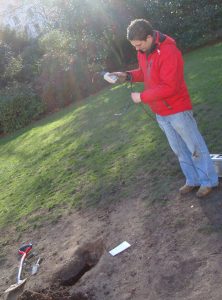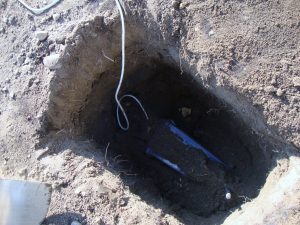The First ACM International Workshop on the Engineering of Reliable, Robust, and Secure Embedded Wireless Sensing Systems (FAILSAFE)

Embedded networked sensor systems promise a revolution in monitoring and control. However, real-world examples are proving notoriously difficult to deploy and maintain, and as yet only relatively small scale successes have been published. This workshop will provide a forum to combine the experiences of international researchers, to create a systematic understanding of the challenges of building systems in the face of system and environmental instability, pointing the way towards a science of sensor systems software.
In doing so we wish:
- To share experiences of real IoT developments “in the wild”.
- To understand the differences between the theoretical performance of results and real experiences.
- To map failure to causes and to explore the more and less obvious causalities.
- To produce a list of research findings and areas to prioritise for further investigation.

The topic is important as the scientific problems that we face with IoT systems strike hard against the limits of our knowledge about how to organise, analyse, and adapt large, loosely-coupled, intercommunicating, and increasingly autonomous, distributed systems. This topic is timely because there is mounting pressure from various industries and government bodies to be able to place their trust in sensing based infrastructures for decision-making. This contention is supported by industry research showing the potential growth of the IoT sector. IDC forecasts that the worldwide market for sensor systems solutions will grow from $1.9 trillion in 2013 to $7.1 trillion in 2020. ABI Research estimates that the number of devices will more than double from the current level, with 40.9 billion forecasted for 2020. 75% of the growth between today and the end of the decade will come from non-hub devices: sensor nodes and accessories. The Acquity Group predicts that more than two thirds of consumers plan to buy connected technology for their homes by 2019 — and nearly half say the same for wearable technology.